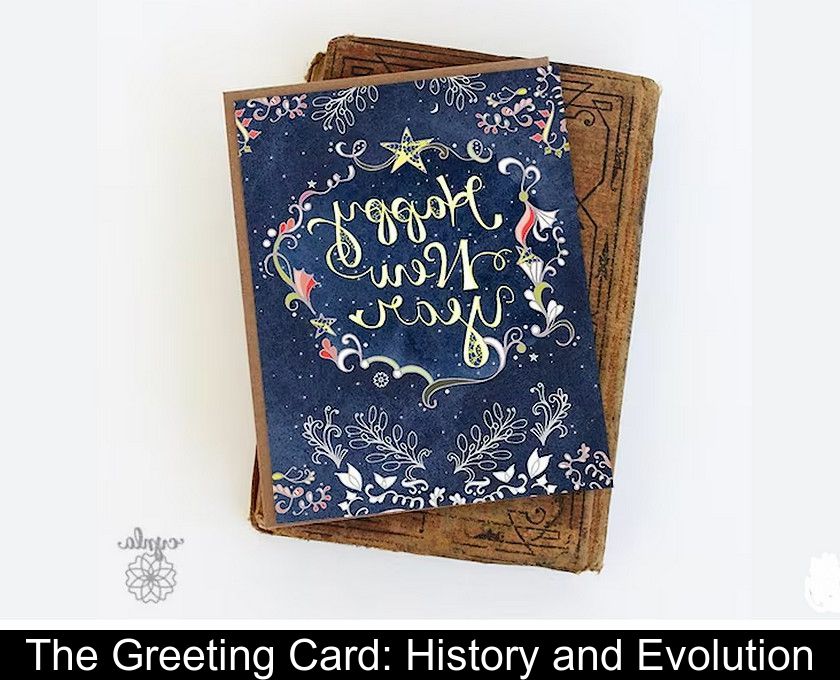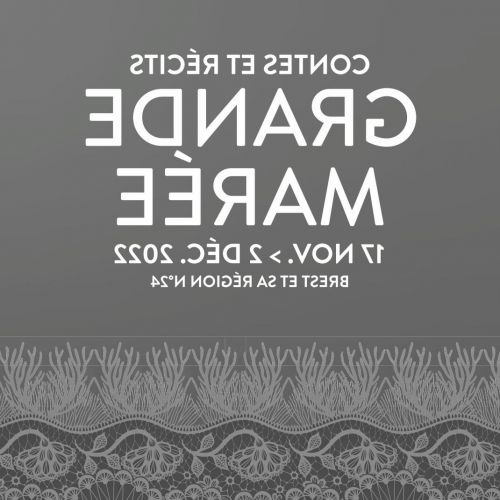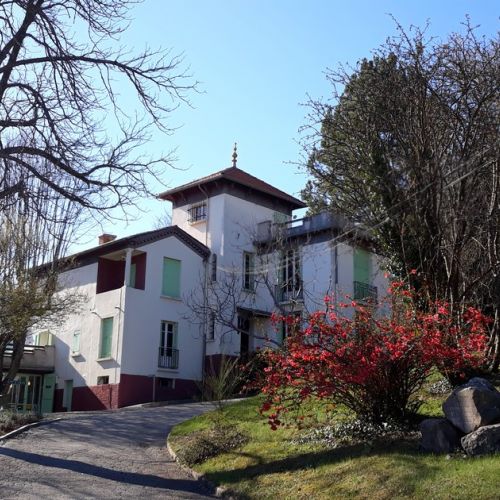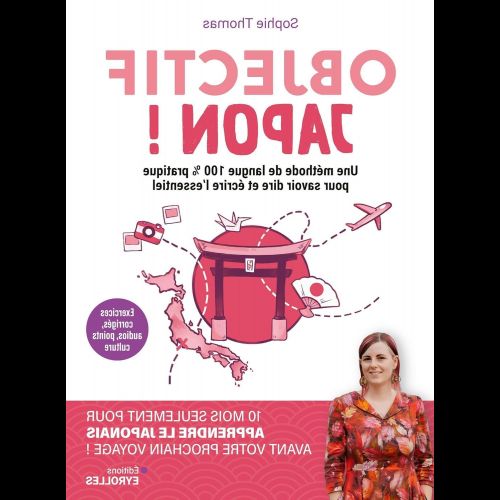The Greeting Card: History And Evolution
If the tradition of giving New Year's gifts comes from the Romans, the custom of sending greeting cards for the New Year is much more recent. It developed in France at the beginning of the 19th century. Before this date, it was customary to visit relatives in person.
What is the origin of the greeting card?
The greeting card was born in England in the 19th century, with the introduction of the first postage stamp in 1840 and the invention of lithography. While the stamp made mailing easier, it was the lithography process that popularized Christmas and New Year's cards.
The very first cards were Christmas cards sent during the Advent period to wish a Merry Christmas and offer best wishes for the New Year.
How did this custom become established?
From England, the tradition of Christmas cards spread throughout Europe. The Anglo-Saxon "Christmas card" quickly became popular in France, alongside New Year's letters, which were used to reconnect and share news with distant acquaintances.
By the end of the 19th century, the greeting card had overtaken the highly ritualized custom of New Year's visits. This ancient custom, of which only the tradition of giving New Year's gifts remains today, involved paying visits to personal and professional acquaintances, as well as to the less fortunate, during the first fortnight of January.
At that time, it was common to forgo a visit by leaving behind a visiting card bearing a greeting message as proof of one's visit.
In the 1930s, the illustrated greeting card definitively replaced the use of the visiting card or letter paper. Indeed, it offered a good compromise between the brief message of the visiting card and the writing of a long letter...
Has the virtual card killed the paper card?
With the advent of computers and smartphones, it has become common to send greetings via text message or email. If an email or text message seems too impersonal, you can opt for a virtual card. Easy to send, it has the advantages of being nicely illustrated and free!
But those who are fond of paper cards need not worry: glossy paper greeting cards are not going extinct. More durable and precious, handwritten cards are still popular.
According to the Professional Union of Postcards, for 97% of French people, receiving a card is a gesture that touches them particularly and makes them happy. This tradition is not obsolete, as 88% of those surveyed claim to receive them.
Why send a paper greeting card?
The paper greeting card is a testament to the time invested by the sender and constitutes a personal touch that is usually appreciated by the recipient.
To make this gesture even more thoughtful, some create their own with drawings, collages, and a personal message before sending them through the mail with a pretty stamp...
The joy is then mutual: the pleasure of making it for the sender and the delight of receiving it for the recipient.
How to make wishes for the New Year?
To honor the ritual of sending a greeting card, it's not enough to just send it. It's also important to find a beautiful phrase, preferably personalized, to express your affection or to remind people you don't often see that you're thinking of them.
Some take this opportunity to share news through a short message accompanied by photos of their children or grandchildren. Others prefer to choose a quote with philosophical or moral significance, to reflect upon as they start the year with a bit more wisdom or hope.
In any case, one doesn't need to possess great literary skills or special artistic talents to touch the recipient. In an increasingly digital world, this simple gesture gains significance. Receiving a card is always a wonderful surprise and a sign of affection that helps to strengthen bonds.






